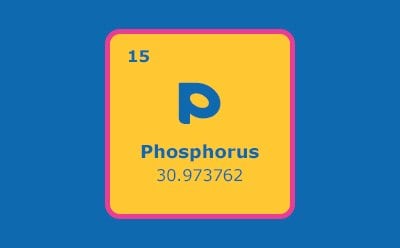Phosphine Ligands

Phosphine ligands are the most significant class of ligands for cross-coupling because of the alterability of their electronic and steric properties. Ligands play a key role in stabilizing and activating the central metal atom and are used in reactions, such as transition metal catalyzed cross-coupling. Research has focused on the development of more effective ligands to improve catalyst performance. We offer an unprecedented portfolio of monodentate phosphine ligands and precursors, bidentate phosphine ligands and precursors, chiral ligands, Buchwald ligands, cataCXium® ligands, and DalPhos Ligands.
Products
Monodentate Phosphine Ligands and Precursors
Monodentate phosphine ligands are compounds with only one phosphine atom available to interact with the metal. These ligands are not difficult to synthesize and allow for easy modifications. The flexibility of monophosphines allows for usage in reactions where certain activities or selectivities may be difficult to accomplish. We offer a wide variety of ligand motifs, including central chirality on the phosphorous atom, biaryl axial chirality, and planar chirality, to meet your research needs.
Bidentate Phosphine Ligands and Precursors
Bidentate phosphine ligands and precursors, also called diphosphines, are identified by the ligand having two phosphine atoms present connected by a side chain. Typically, this side chain is between two to four carbons long and forms an A-frame complex with the metal. Many bidenatate phoshine ligands and precursors have been designed to introduce a chiral ligand during synthesis. These ligands are very stable and able to form highly active and selective systems that allow for desired synthesis where other ligands have failed.
Buchwald Ligands
Buchwald ligands are bulky electron-rich dialkylbiaryl phospines and are known to improve reactivity in palladium catalysis. The structure of the ligand directly correlates to the efficiency of the catalysts contained in the ligand. The Buchwald group has continued to develop and modify these ligands, leading to the creation of ligands that are tailored to specific transformations.
cataCXium® Ligands
cataCXium® Ligands are highly effective ligands for palladium catalyzed cross-coupling reactions. Di-adamantylalkylphosphine, known as cataCXium® A, is a bulky and electron-rich phosphine ligand used for Heck and Suzuki couplings, Buchwald-Hartwig amination of arylchlorides, and α-arylation reactions of ketones. In reactions, these ligands allow for low catalyst loadings used under mild conditions. Recently, another class of basic, sterically-hindered phosphines featuring phosphino-substituted N-aryl pyrroles (cataCXium® P) has shown high catalyst turnover numbers for the Suzuki coupling of both electron-rich and electron-deficient aryl chlorides.
DalPhos Ligands
The bulky di(1-adamantyl)phosphino [P(1-Ad)2] fragment is common to the DalPhos ligand scaffold. These chelating N,P ligands are useful for Pd-catalyzed C–N and C–C bond formation. The more reactive Mor-DalPhos improves the scope and utility of ammonia coupling at room temperature and is also effective in coupling of hydrazine and acetone.
To continue reading please sign in or create an account.
Don't Have An Account?